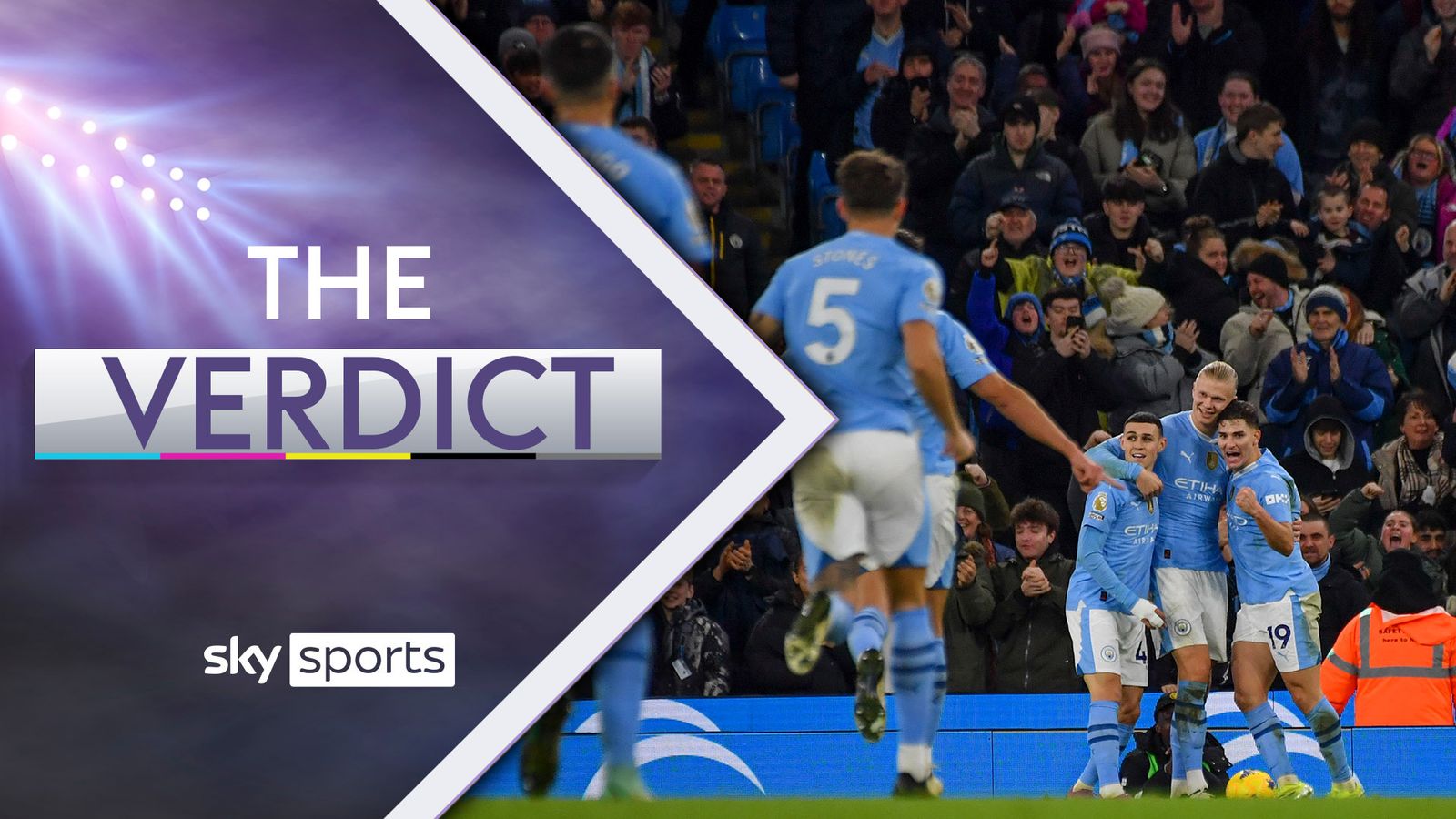
The Dark Side of Boxing: Exploring the Impact of Head Injuries and Trauma
Jody
- 0
Boxing is a sport that has been popular for centuries, with its origins dating back to ancient Greece. It is a sport that requires not only physical strength and agility, but also mental fortitude and strategy. However, the dark side of boxing is the impact it can have on the brain and long-term health of its participants.
One of the most concerning issues in boxing is the prevalence of head injuries and trauma. The repeated blows to the head that occur during boxing matches can lead to a condition known as chronic traumatic encephalopathy (CTE). CTE is a degenerative brain disease that is caused by repeated head trauma and has been associated with symptoms such as memory loss, depression, and aggression. Studies have shown that nearly 80% of boxers develop CTE, and the severity of the condition is directly related to the number of years spent boxing and the number of matches fought.
In addition to CTE, boxers are also at risk for other neurological conditions such as Parkinson’s disease and dementia. A study conducted by the Cleveland Clinic Lou Ruvo Center for Brain Health found that boxers are at a higher risk for these conditions due to the repeated trauma to the brain. The study also found that the more fights a boxer had participated in, the greater the risk for developing these conditions.
The impact of head injuries and trauma in boxing is not only a concern for professional boxers, but also for amateur and youth boxers. According to a report from the American Association of Neurological Surgeons, boxing is the most dangerous sport for head injury, with the highest rate of concussions and head injuries among all sports. This is particularly alarming for young boxers, as their brains are still developing and are more vulnerable to the effects of head trauma.
The impact of head injuries in boxing goes beyond the physical and neurological effects. Boxers who have suffered head injuries are also at a higher risk for mental health issues such as depression and anxiety. They may also experience difficulties with memory, decision-making, and emotional regulation, which can have a profound impact on their daily lives and relationships.
It is important for the boxing community to address the impact of head injuries and trauma on its participants. This includes implementing strict regulations and guidelines for boxing matches, providing comprehensive medical care and support for boxers, and increasing awareness about the long-term consequences of head injuries in boxing. It is also crucial for boxers to receive proper training in injury prevention and to have access to resources for rehabilitation and support.
Ultimately, the dark side of boxing lies in the toll it can take on the brain and long-term health of its participants. It is essential for the boxing community to prioritize the safety and well-being of its fighters and to take proactive measures to minimize the risk of head injuries and trauma in the sport. Only then can boxing truly be enjoyed as a sport that celebrates the physical prowess and determination of its participants, without the devastating consequences of long-term brain damage.

